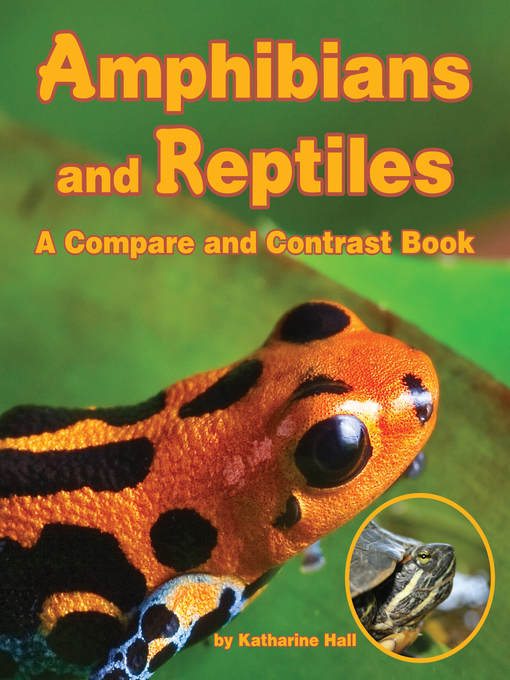What makes a frog an amphibian but a snake a reptile? Both classes may lay eggs, but they have different skin coverings and breathe in different ways. Pages of fun facts will help kids identify each animal in the class like a pro after reading the fourth book in Arbordale's Compare and Contrast series. Similar to Polar Bears and Penguins, Clouds and Trees; Amphibians and Reptiles uses stunning photographs and simple non-fiction text to get kids thinking about the similarities and differences between these two animal classes.
- Available now
- Most popular
- Always available audiobooks
- All Fiction
- All Nonfiction
- New audiobooks
- See all audiobooks collections
- Battle of the Books - K to 2nd
- Battle of the Books - 3rd to 4th
- Battle of the Books - 5th to 6th
- Battle of the Books - Middle School
- Battle of the Books - High School
- See all featured collections


